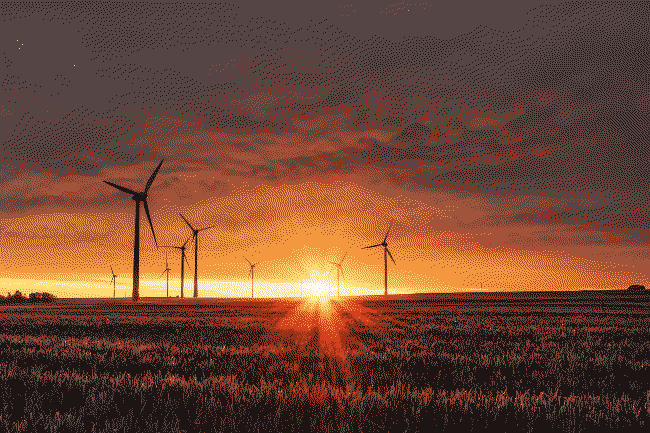Mann Tracht, Un Gott Lacht

Earlier this week, a friend and former colleague asked on a Slack channel for resources to help plan the next five years. Along with others, I suggested the ikigai method, but then this morning explored further and came across this resource. It’s seems pretty good.
Planning for the future is something that I should be doing both personally and professionally. It’s something I’m used to doing. Something I help clients do.
I made a start but then kind of ran of steam. I wondered why. When I talked to a friend about it we agreed that it’s difficult to make plans when everything’s so uncertain. But then not to make plans makes us feel like we’re bobbing along a river, carried along by whichever way the currents take us.
Later, I read an article that came my way via a newsletter. I stopped planning. We need to give ourselves some space and not dive right back into the way things were. As the author says, we need to recharge.
I think the real problem is that life is still exhausting because the pandemic was and remains exhausting in so many invisible ways — and we still haven’t given ourselves space to even begin to recover. Instead, we’re just softly boiling over, emptying and evaporating whatever stores of energy and patience and grace remain.
[…]
So the first step is recognizing that you, too, need rest. Don’t just want it, don’t just fantasize about it, don’t just talk about it and then deny it, but need it, require it, in order to keep going. The second step is advocating for the structures that make it possible — on a personal, professional, and societal level — so that others can ask and receive rest too.
Source: Culture Study
My wife’s currently working full-time through the summer months on a contract that’s allowed her to change careers. It’s a wonderful opportunity, but she’s not worked full-time since before our 14 year-old son was born, and (as a former teacher) she’s never worked through the summer.
Although it’s disrupted our routines, what her contract has allowed me to do is to gently take my foot off the accelerator pedal for a moment. It’s not time to put it back down again for a few weeks yet.
English translation of title: “Man Plans, and God Laughs”. Image from an original by Karen Bailey.


